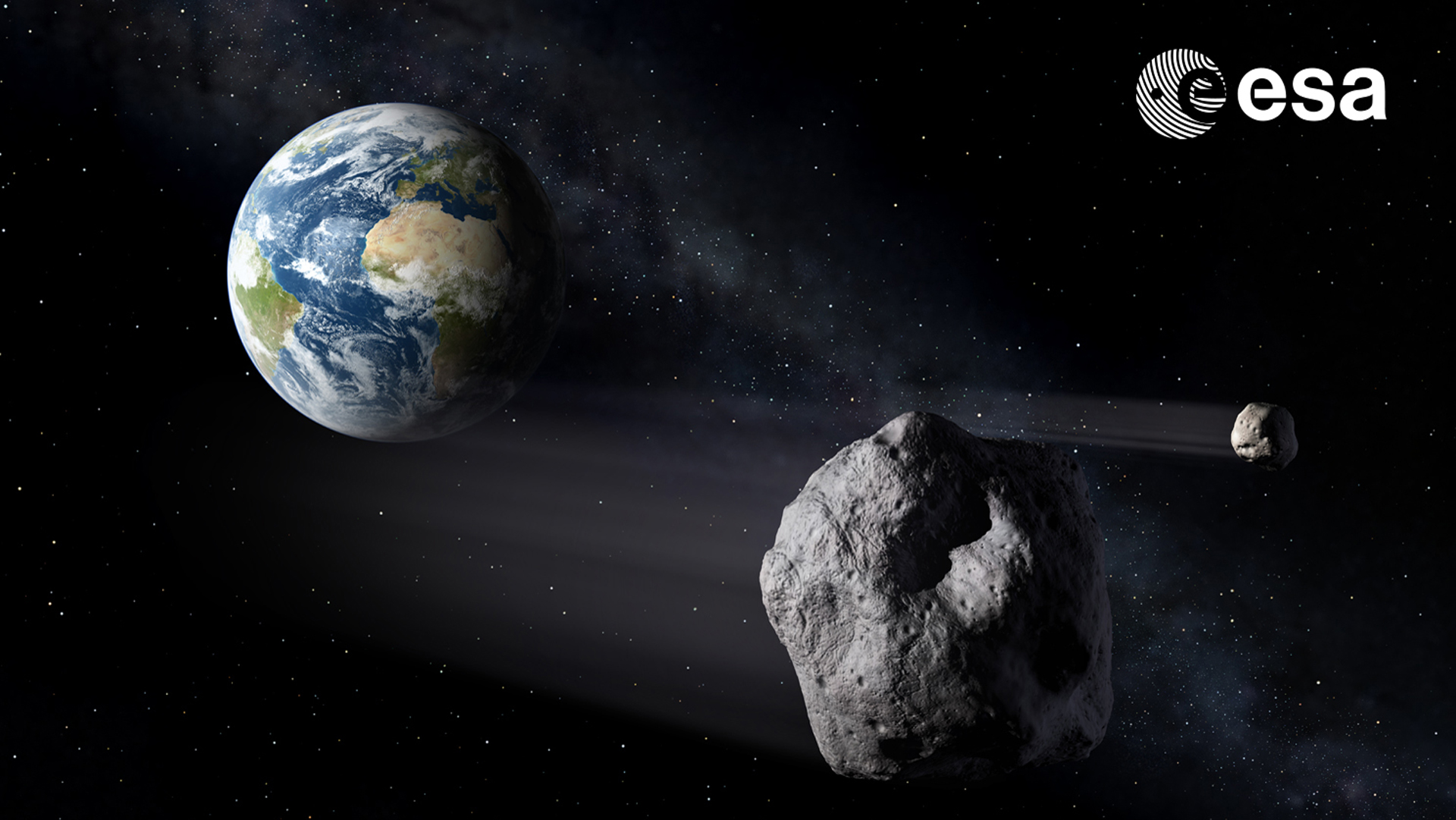Chinese asteroid-detection system enters new phase of construction
The current work is expected to be completed in 2025.

Construction of a second phase of China's planetary defense radar array is underway.
The "China Compound Eye" or Fuyan project will create a network of radar antennae that will bounce radar signals off distant objects to image and track asteroids and determine if they could threaten Earth.
A first phase consisting of four, 54-foot-diameter (16 meters) radars located near Chongqing in southwest China was completed last December. Scientists then pinged signals off the moon to verify the feasibility of the system and its key technologies.
Related: What are asteroids?
A new phase is now underway to build 25 radar antennas, each with a diameter of 98 feet (30 m). The work is expected to be completed in 2025.
"After construction in the second phase is completed, we will be able to observe an asteroid with a diameter of only dozens of meters 10 million kilometers [6.2 million miles] away. For example, what it is composed of, what is its rotation speed and what is the change in its orbit after its being hit. These can be observed with the second phase under certain conditions," said Zeng Tao, deputy director of the Radar Technology Research Institute under the Beijing Institute of Technology.
A third phase will then be initiated to expand Fuyan's detection range to 90 million miles (150 million km). The project uses multiple smaller arrays to simulate a larger aperture system to allow deep-space detection.
Get the Space.com Newsletter
Breaking space news, the latest updates on rocket launches, skywatching events and more!
The China National Space Administration announced last April that it is working on a planetary defense plan that includes tracking near-Earth objects and launching an asteroid-deflection test similar to NASA's DART mission in the next few years, Space.com previously reported.
Other proposals for China's asteroid tracking capabilities include sending a constellation of satellites into Venus-like orbits.
Follow us on Twitter @Spacedotcom or Facebook.
Join our Space Forums to keep talking space on the latest missions, night sky and more! And if you have a news tip, correction or comment, let us know at: community@space.com.

Andrew is a freelance space journalist with a focus on reporting on China's rapidly growing space sector. He began writing for Space.com in 2019 and writes for SpaceNews, IEEE Spectrum, National Geographic, Sky & Telescope, New Scientist and others. Andrew first caught the space bug when, as a youngster, he saw Voyager images of other worlds in our solar system for the first time. Away from space, Andrew enjoys trail running in the forests of Finland. You can follow him on Twitter @AJ_FI.









